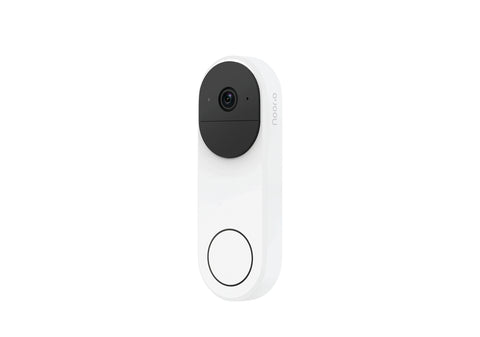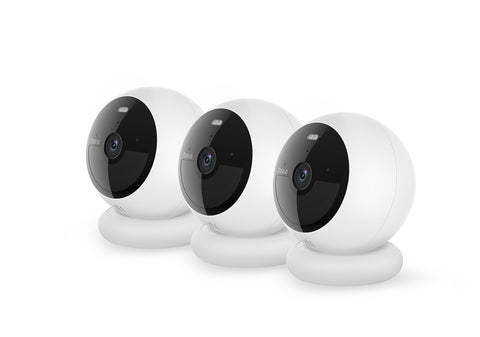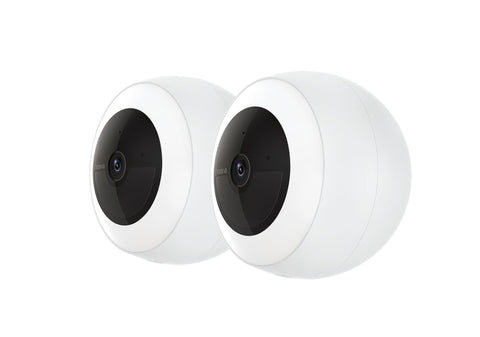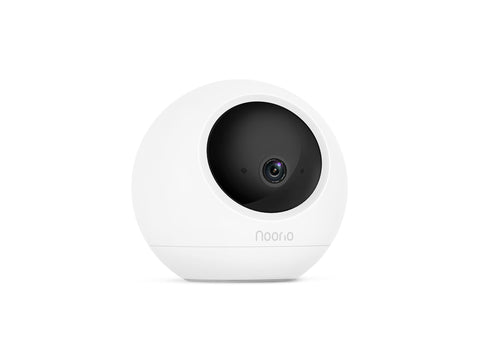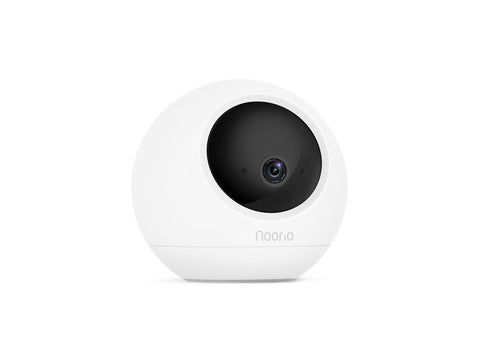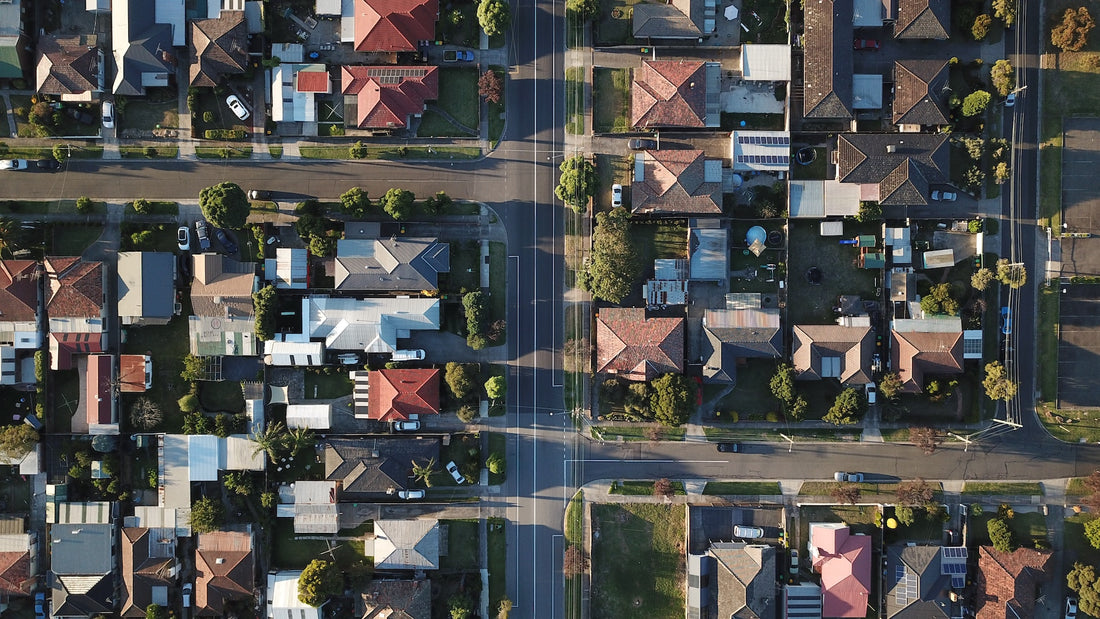Congratulations on purchasing your new home! While this is an exciting time, it also comes with many responsibilities. One of the most important is making sure your home is properly secured to keep your family and belongings safe. As a new homeowner, home security should be at the top of your to-do list. Here is an overview of the key things you need to know when creating a home security plan for your new residence.
Evaluate Entry Points
One of the first things you should do is walk around the interior and exterior of your home, evaluating all potential entry points. Make a note of any that need to be reinforced. This includes doors, windows, the garage, attic access if applicable, and any gates or perimeter fencing. Strong locks, high-quality weather stripping, and deadbolts on exterior doors are a must. Ensure all entryways close tightly and cannot be forced open. Consider installing security film on windows near door locks.
You'll also want to prune any trees or bushes near windows and doors to eliminate hiding spots. Install exterior lighting with motion sensors covering all sides of the home. The goal is to eliminate easy access, enhance visibility, and make breaking in more difficult.
To access more content: Where to Place Home Security Cameras?

Install a Security System
An alarm system with 24/7 monitoring is highly recommended for all homeowners. Look for a reliable company that offers equipment options to fit your budget. Systems can range from self-installed DIY kits to full-service setups with all the bells and whistles. Key components include control panels, interior and exterior motion detectors, door and window entry sensors, glass break sensors, smoke detectors, and security cameras.
You'll also need a yard sign and window decals advertising your home is protected. Many thieves will skip properties with visible security signage. Your monitoring company can customize yard signs available as part of their services.
Smart home devices provide added security by allowing remote control and monitoring. Consider video doorbell systems, smart locks, and lighting you can control from your smartphone. Home automation hubs allow you to easily integrate and manage all your devices.
Click to know more: How to Install Security Cameras in Two Story House: 6 Things to Think.

Store Valuables Securely
An "out of sight, out of mind" approach is best when it comes to protecting your valuables. Leaving expensive jewelry, cash, antiques, coins, firearms, and other prized possessions in plain view can make your home a target. Invest in a quality safe that is fire-resistant and can be bolted to the floor. Only store smaller essentials like passports, birth certificates, and extra cash inside.
For items you use more regularly, look for hidden storage pieces like drawers built into closet floors or hidden behind bookcases. Wall art with concealed safes is also available. Keep valuables in less obvious spots like under beds or at the back of closet shelves. The goal is to not advertise where you keep your most valuable belongings.
Read to get more tips: How to Safely Store Valuables?
Secure Outbuildings and Vehicles
Your security plan should extend beyond just the home itself. Detached garages, storage sheds, RV/boat storage, and vehicles parked on the property also need protection. Sturdy locks, lighting, and alarm sensors should be installed on all outbuildings and access doors.
Keep garage doors closed when not in use and disengage automatic openers at night. Park vehicles in locked garages whenever possible with the doors shut. Outdoor motion lights help deter prowlers looking to break into cars. Invest in a steering wheel lock and/or fuel cutoff switch for high-theft-risk vehicles.
For more info: Wireless Security Camera for a Garage: How to Pick the Best One.
Consider a Safe Room
For maximum protection, you may want to incorporate a safe room or panic room into your home security plan. These fortified areas can serve as a shelter if an intruder enters the home. Most are outfitted with a steel door, two-way radio, first aid kit, bottled water, and other emergency supplies. Safe rooms can also provide critical protection during natural disasters or home invasions. Adding one is a major investment but provides an extra layer of security for your family.
Develop a Family Plan
Along with physical security measures, it's equally important your family has an emergency action plan in place. Make sure everyone knows what to do in the event of a break-in or home invasion. Teach children how to contact emergency services and establish a safe meeting spot outside, like a neighbor's house.
It's wise to change all existing locks when moving into a new home. You never know how many copies of keys the previous owners distributed. Ensure everyone in your family has access to keys, codes, and passwords to operate security systems. Conduct periodic home security drills and update your plan as needed. Being prepared can dramatically improve safety outcomes during critical incidents.
Consider a Dog
Man's best friend also makes an effective security system deterrent. The sound of a barking dog can discourage would-be intruders. Dogs naturally alert homeowners to noises and unknown visitors. Large breeds like German Shepherds and Dobermans are especially intimidating. With proper training, even small dogs can help enhance home security. If getting a puppy isn't feasible, placing "Beware of Dog" signs around your property can give the perception that dogs are on the premises.

Select Quality Home Insurance
Even with the best security precautions, unforeseen events can damage your home. Be sure you purchase adequate homeowners insurance to cover losses and liability concerns. Most standard policies provide protection against burglary, vandalism, water damage, fire, smoke, falling objects, explosions, and natural disasters. Adding riders can expand coverage for expensive jewelry, firearms, fine art, and other specialized valuables.
Meet with an experienced insurance agent to discuss the appropriate types and amount of coverage your new residence requires. This should complement your home security game plan. Comprehensive insurance gives you peace of mind knowing you have financial protection from uncontrollable risks.
Read more: Homeowners Insurance Guide: A Beginner's Overview.
Final Words
Implementing these home security tips will help deter crime and keep your new residence safe. But technology and tactics are only part of the solution. True security requires actively remaining vigilant day-to-day. Get to know your neighbors, be aware of unusual activity on your street, and keep a watchful eye on strangers spending time around your home. Don't become complacent once your system is in place. Consistently following smart protocols greatly enhances your family's safety and security all under one roof.
